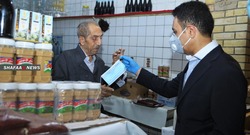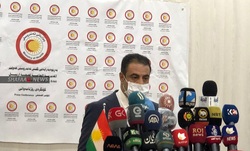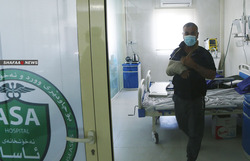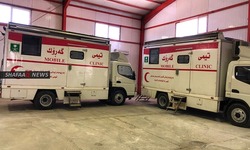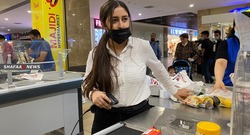Book Review – The CIA War in Kurdistan
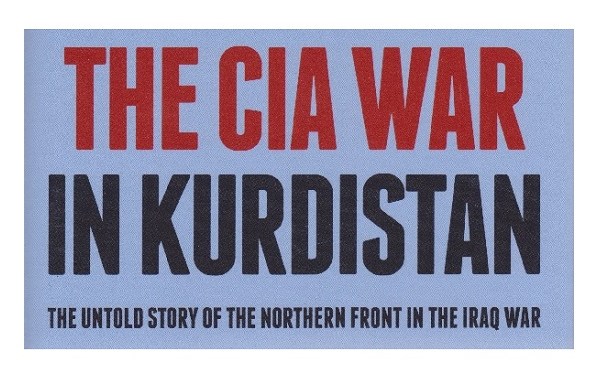
A recent book, The CIA War in Kurdistan, details the activities of the Central Intelligence Agency (CIA) in northern Iraq before and during the start of Operation Iraqi Freedom (OIF) in early 2003. The main ground effort of OIF would take place in the south of Iraq from countries along the southern Iraqi border. However, the overall conquest of Iraq would be aided by military action that would take place in northern Iraq.
Small contingents of the Central Intelligence Agency and U.S. Army Special Forces were sent in to northern Iraq before the ground war began to link up with the Kurds that lived in that region. The CIA and SF elements were to liaison with the Kurds, assess the situation, gather intelligence, train the Peshmerga, and later assist and advise them during combat operations. In addition, plans included providing assistance to the 4th Infantry Division (ID) as it rolled from Turkey into northern Iraq. This would open up a second front that the Iraqi army would have to contend with – tying down Iraqi ground troops in northern Iraq and preventing them from reinforcing the Baghdad area of operations.
The plan to assist the 4th ID went up in smoke when Turkey refused access to the unit. The 10th Special Forces did manage to get the bulk of its forces into the region via a high-risk air movement. Eventually the 173rd Airborne Brigade (based in Italy) also deployed to the region. The CIA and SF teams, linked up with formations of the Peshmerga, began operations to liberate the towns and cities of northern Iraq.
Sam Faddis, the author of The CIA War in Kurdistan, was named to head a CIA team that would enter Iraq, prepare the battlefield, work with US Special Forces teams, and assist with the entry of the 4th ID and other military units. He details the preparation of his team prior to deployment, the difficulties his team encountered in working with the Turks, and the initial reception and ultimate acceptance by the Peshmerga. His CIA team would be on the ground in Iraq for almost a year.
Much of his book is about working with the Kurds. He provides insight into the rivalry between the Kurdistan Democratic Party (KDP) and the Patriotic Union of Kurdistan (PUK). A brief history of Kurdistan and its relationship with the central Iraqi government is provided. He also includes information about the past relationship between the Kurds and the US. There was some initial hesitation on the part of the Kurds to work with the CIA and SF teams – which he and others had to overcome.
Faddis details some of the significant mistakes made by the U.S. in the first year of the war. He believes that the Iraqi ground troops were ready to surrender its forces in northern Iraq but U.S. military officers spurned the offer. He also mentions the disastrous effects of de-Baathification and dismantling of the police and military units of the Iraqi security forces – decisions made by the Coalition Provisional Authority in Baghdad. Faddis doesn’t pull any punches and is very blunt in his comments about the CIA bureaucracy back in Langley.
The 10th Special Force Group had established the Combined Joint Special Operations Task Force – North (CJSOTF-N). The SF group was augmented with the 173rd and other conventional and unconventional organizations – totaling over 5,000 personnel. The unit, also referred to as Task Force Viking, conducted artillery observation, direct action, special reconnaissance, unconventional warfare missions, and other missions. Faddis provides his perspective on the activities and accomplishments of the 10th Special Forces Group in northern Iraq during this time. This includes comments on the working relationship between the CIA teams and the SF detachments and SF command structure.
The book is chronological in nature following the timeline of major events taking place in northern Iraq in 2002 and 2003. Faddis manages to cover most of the important aspects of those two years in his book. He recounts the hunt for weapons of mass destruction, difficulties in working with the Turks, the use of propaganda, promises made and not kept, the battle to defeat Ansar al-Islam, training the Kurdish forces, some intelligence activities conducted, the air war, and the taking of Kabul and Mosul.
The CIA War in Kurdistan is a good read. A conflict as large as Operation Iraqi Freedom will get a lot of media and book coverage over the course of time. However, thus far, the war that took place in northern Iraq during OIF has not received much print. Faddis provides an account of that aspect of OIF.
About the Author. Sam Faddis is a retired CIA officer and former US Army combat arms officer. He spent decades undercover in the Middle East and South Asia. He retired from the CIA in 2008 as head of the CIA’s WMD anti-terrorism unit.
sof.news
